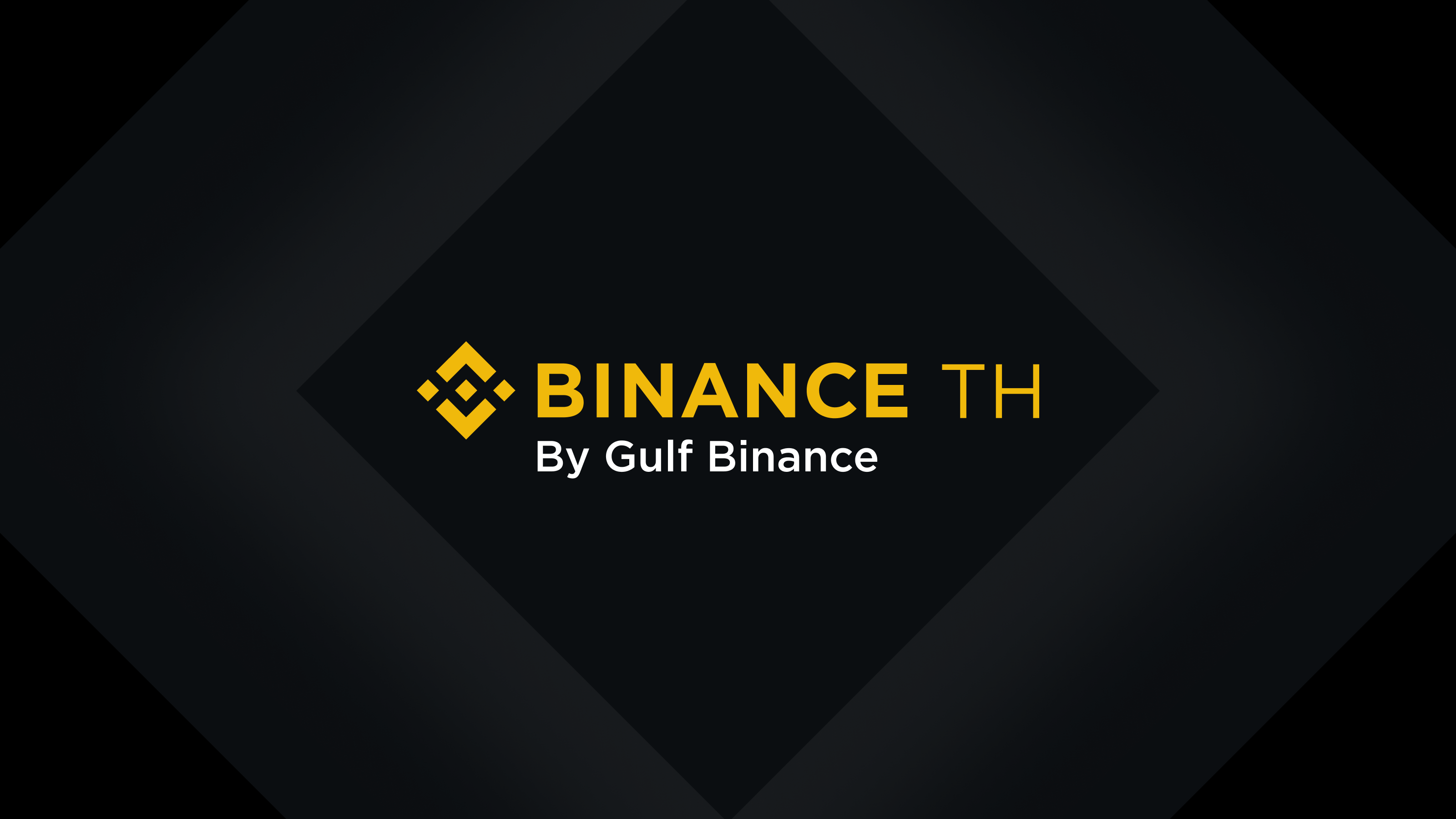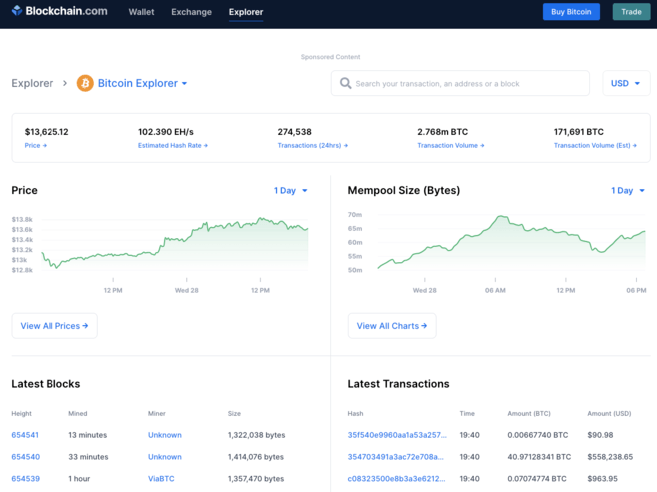What is Block Explorer and How to Use it

Block Explorer
Community Submission - Author: Anonymous
In short, a block explorer is a tool that provides detailed analytics about a blockchain network since its first day at the genesis block. We can say a block explorer acts as a search engine and browser where users can find information about individual blocks, public addresses, and transactions associated with a specific cryptocurrency.
Some block explorers also provide real-time statistics and market charts, as well as data about mining pools, pending transactions, network hash rate, rich list, block validators, orphan blocks, hard forks, and much more.
In regards to pending transactions, block explorers can be useful for users that are waiting for block confirmations. For instance, many exchanges provide their users with the transaction ID of their deposit or withdrawal request so they can track the movement of their funds in real-time.
Depending on the type of blockchain, block explorers can also serve as a general information hub. For instance, there are thousands of ERC-20 tokens running on top of the Ethereum blockchain, and users can find data about them by checking their smart contracts on Etherscan or other Ethereum block explorer.
Block explorers are essential in the process of monitoring the current state of a cryptocurrency network. When it comes to Binance Chain, users can check the current status for BNB on the Binance Chain Explorer, including coin burn transactions and the current total supply.
Although we may have multiple block explorers in a single website, each explorer is related to a particular blockchain. Still, there may be more than one block explorer for the same blockchain (different organizations that provide a similar service). Some companies also offer crypto wallet services along with block explorers. Other than that, many websites provide an API for developers to make use of the blockchain data in other ways.
How to Use a Bitcoin Blockchain Explorer
TL;DR
Public transparency is a key concept in cryptocurrencies. One of the great promises of blockchain is that it levels the playing field by not restricting information to a handful of people who are in a privileged position of control.
But what does that mean exactly? Can you find out how much bitcoins your neighbor owns? How can you take a look and verify public data yourself? That’s exactly what we’re going to show you in this article. Note that we focus on Bitcoin, but you can also find dedicated blockchain explorers for Litecoin, Ethereum, and pretty much any native blockchain.
Introduction
Have you ever had a payment go missing, or someone who swore that they paid you didn’t? In our current financial system, this can end up being a “he said, she said” situation or may require a third-party intervention.
Blockchains solve this problem by introducing the concept of public transparency, where information is ready to be viewed by anyone at any time. For blockchains such as Bitcoin and Ethereum, all information is publicly visible by design, which is useful when transactions (or Txs) and contracts need to be easily identified and verified.
In this guide, we’ll take a look at the basic layout of a Bitcoin block explorer. Then, we’ll take a look at a famous transaction, the one that gave rise to the Bitcoin Pizza Day on May 22.
What is a blockchain explorer?
A blockchain explorer is like a search engine that reveals information about the past and current state of a blockchain. This can be useful when you want to track the progress of a specific payment or check the balance and history of an address. Anyone with an Internet connection can use an explorer to view all transactions of a public blockchain.
How does a block explorer work?
Every blockchain will have a Command Line Interface (CLI) to interact with the database and view the network’s history. However, a CLI explorer isn’t a user-friendly experience for the general public. That is why most blockchains will also have an explorer with a Graphical User Interface (GUI) that will display information in a friendlier format.
Let’s explore one of the commonly used Bitcoin explorers: blockchain.com. Other alternatives for BTC include blockchair.com and blockcypher.com.

Source: https://www.blockchain.com/explorer.
On the front page, you can see some high-level data about the Bitcoin blockchain. This includes the price, estimated hash rate, daily number of transactions, and transaction volume. We also see charts mapping price and mempool size. At the bottom, we can monitor the latest blocks and transactions.
Let’s go through what we can see here in a bit more detail:
Price: An aggregated USD price feed across several markets. In most cases, the price depends on the feed’s provider and is not indicative of the spot price on a specific exchange.
Estimated Hash Rate: An estimate of the computing power currently employed by miners to secure the blockchain. It can be seen as a proxy for the security of a Proof of Work (PoW) blockchain.
Transactions: The number of unique transactions confirmed over the past 24 hours. To be confirmed, a transaction needs to be included in a validated block (a block that was successfully mined).
Transaction Volume: A measure of the total value of outputs (in BTC) confirmed on the blockchain over the past 24 hours. Due to the way that Bitcoin works, this total also includes unspent outputs returned back to the “spending” wallet as change.
Transaction Volume (estimated): An estimate (in BTC) of the actual transaction volume transferred between unique wallets. It’s the Transaction Volume (above) minus an estimate of the outputs returned as change to spending wallets.
Mempool Size: The mempool size tracks the aggregate size (in bytes) of transactions that are waiting to be included in a block. It’s a proxy for the amount of activity on the blockchain and can serve as an indicator of the fees required for fast confirmation.
Latest Blocks: A list of confirmed blocks, from newest to oldest. It includes details such as block height, timestamp, miner name (if known), and block size. You can click on “block height” to uncover information about transactions included in the block. Clicking on “miner” will reveal information about the address of the block’s miner. The public address of the miner may be a known mining pool address. If you don’t know what a mining pool is, check this article.
Latest Transactions: A list of valid transactions which have been submitted to the mempool. Again, transactions are unconfirmed until they have been included in a validated block.
There are additional metrics about the blockchain that you can track on this page, including network difficulty, fees per transaction, and average confirmation times. Some blockchain explorers will also let you connect to their API.
➟ Looking to get started with cryptocurrency? Buy Bitcoin on Binance TH!
How to view the 10,000 bitcoin pizza transaction
Pizza Day is an auspicious day in Bitcoin history commemorating the purchase of two large pizzas in exchange for 10,000 bitcoin. Using our block explorer, we can view and explore details about this famous transaction.
Pizza Day Transaction Hash:
a1075db55d416d3ca199f55b6084e2115b9345e16c5cf302fc80e9d5fbf5d48dCopying the transaction hash into the search field of the Bitcoin blockchain explorer will take us to the Pizza Day transaction. If you don’t want to copy-paste the details, here is a link to the transaction page.
At the top of the page, you can see a summary of the transaction inputs and outputs. On the left are the bitcoins paid for the pizza (totaling 10,000 BTC). These were sent to the single address on the right (belonging to the pizza delivery person).

Pizza Day transaction summary. Source: blockchain.com
If you click on the receiving address (on the right), you’ll see its transaction history. You can also scan the QR-code to get the respective address string. The QR-codes are very useful when making payments with TrustWallet or other mobile crypto wallets.

Pizza Day receiving address. Source: blockchain.com.
If you return to the original Pizza Day transaction page, you can scroll down to check the transaction details. These include the unique hash for the transaction, the confirmation status, the timestamp, the number of confirmations, the total input and output, the miner fees, and more. You can see there was a transaction fee of 0.99 BTC paid to the miner on top of the 10,000 BTC for the pizzas.

Pizza Day transaction details. Source: blockchain.com.
Clicking the block height (57,043) will give you details about the block in which this transaction was included.

Pizza Day block. Source: blockchain.com.
As you can see, the block which confirmed the Pizza Day transaction was an uneventful block. There were a total of two transactions, one being the Pizza Day transaction and the other being the miner’s block reward.
The green and red globes on the right side indicate whether the bitcoins were spent or not after this transaction. The person who sold the pizzas has already sent those 10,000 BTC to another address, but the miner’s address still holds the block reward (50.99 BTC).
Closing thoughts
Blockchain explorers are useful tools that harness the open and transparent nature of public blockchains. They provide useful information about the state of the network, including transaction and address history. This allows for easy tracking and verification.
However, this emphasis on full public transparency can lead to mapping the history of transactions and addresses known as chain analysis. This can unmask the pseudonymous nature of the addresses, especially for users that tend to use the same addresses multiple times (not recommended). Other public blockchains (such as Monero) strike a different balance between transparency and privacy.
Now that you have a rough understanding of how blockchain explorers work, have a play with them yourself. You might be surprised by what secrets you uncover!
